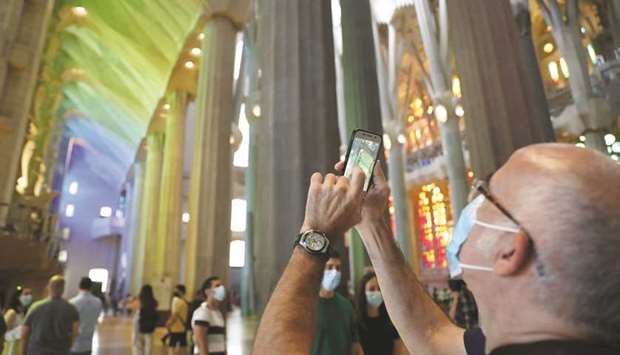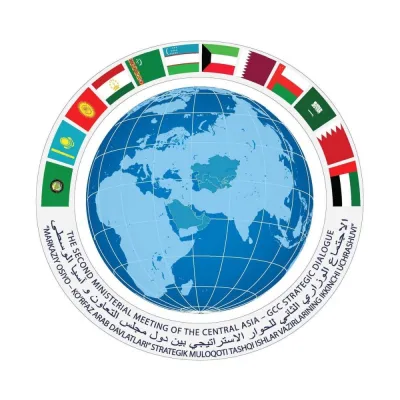Spain’s northeastern Catalonia region has locked down an area with around 200,000 residents following a surge in cases of the new coronavirus.
Catalonia’s regional president Quim Torra said that there had been a “sharp rise” in infections in Segria, a zone that includes the town of Lerida some 150km (90 miles) west of Barcelona.
People would not be allowed to enter or leave the area, gatherings of more than 10 people would be banned and visits to retirement homes halted, officials said.
The restrictions do not apply to seasonal harvest workers, and movement is not restricted within the zone, however.
The move came as the summer holiday started in Spain and the country began re-admitting visitors from 12 countries outside the European Union, two weeks after allowing people from the EU’s visa-free Schengen zone and Britain to return.
“It is a surprise,” said Josep Raluy, a 63-year-old retiree who returned to the area from a second home as a precaution. “It’s another step backwards, it’s not good.”
Spain has been one of the countries worst hit by the coronavirus pandemic with at least 28,385 deaths, Europe’s fourth-highest toll after Britain, Italy and France.
Madrid imposed one of the world’s strictest lockdowns to stop the spread of the virus and only recently began to open up.
Speaking during a trip yesterday to Galicia in the country’s northwest – the first region to exit the lockdown last month – Prime Minister Pedro Sanchez warned: “Do not let your guard down, but do not let yourself be overcome by fear.”
“We must take to the streets, take advantage of the new normality, revive the economy,” the socialist leader said, adding that “the state is better prepared to fight” against the resurgence of the epidemic.
On Friday, Spain registered 17 virus deaths within 24 hours, its highest daily toll since June 19.
There have been more than 50 reported outbreaks throughout nearly all of the country’s regions.
The total number of cases now stands at 250,545 in a country of 47mn.
Lerida province, which includes the Segria area, has recorded just over 4,000 cases – including 60 on Friday.
Barcelona celebrated another milestone in its bid to reopen yesterday, with visitors allowed back into the Sagrada Familia – an imposing modernist basilica that is among Spain’s most visited buildings.
Frontline workers were given the chance to have the usually tourist-packed landmark to themselves in recognition of their efforts during the coronavirus pandemic.
People took photos and listened to audio guides after Archbishop of Barcelona Juan Jose Omella led representatives of healthcare workers into the church.
The basilica, designed by architect Antoni Gaudi, closed almost four months ago.
However, for the next two weekends it will be open to essential workers, including those in healthcare, the police and NGOs, who will be able to explore without the usual crowds.
The goal is to recognise and pay tribute to Barcelona residents, “especially those who have been on the front lines fighting and working to prevent Covid-19”, according to a statement on the basilica’s website.
“It’s the first time I’ve been and for me it represents a gift, a gift for the effort and the hours we’ve put in during the past few months, so I’m grateful,” said Virginia Martinez, a hospital doctor from the nearby city of Terrassa. “It’s recognition of our work and what’s better than visiting a monument like this?”
Matilde Fuentes, a 49-year-old doctor, was particularly touched. “We went through very difficult times, we tried to be there whenever we were needed, and now that they thank us it gives me goosebumps.”
A second phase of reopening will see the lofty and famously unfinished church welcome Barcelona’s residents for free, while a third phase will allow domestic and international tourists to visit.
Started in 1882, the Sagrada Familia is the sixth most visited tourist attraction in the world, according to TripAdvisor.

A man uses his phone as health workers, police officers and NGO staff members with their families visit the Sagrada Familia basilica in Barcelona.


